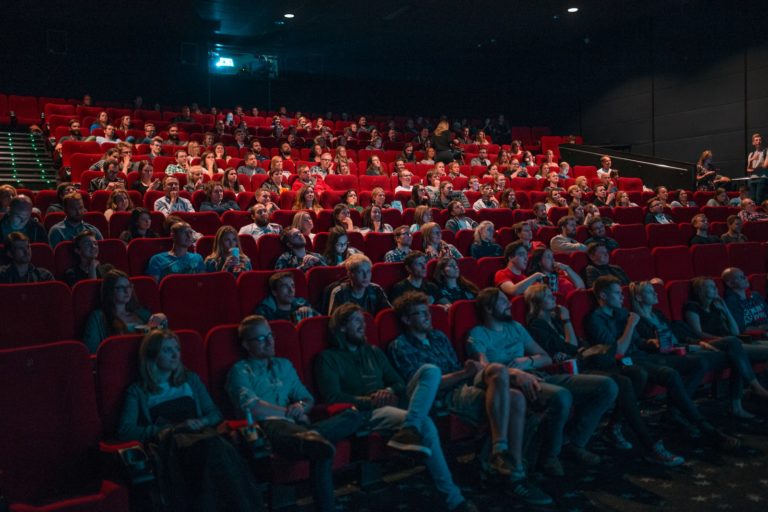Marketing in the movie industry has undergone significant changes over the past decade. The rise of social media, streaming platforms, and the increasing importance of data analytics have all played a role in shaping the way movies are marketed today.
In the past, movie marketing was primarily focused on traditional forms of advertising such as TV commercials, billboards, and print ads in newspapers and magazines. While these methods are still used today, they have been supplemented by a range of new strategies and technologies.
One major shift in movie marketing over the past decade has been the increasing use of social media. Social media platforms such as Facebook, Twitter, and Instagram have become integral to movie marketing campaigns, allowing studios to directly engage with audiences and build buzz around their films. Studios often use social media to unveil trailers, posters, and other promotional materials, as well as to share behind-the-scenes content and interact with fans.
Another trend in movie marketing has been the use of data analytics to better understand and target audiences. Studios are using data mining and machine learning techniques to gather insights about what types of movies are most likely to succeed and who is most likely to watch them. This information is then used to shape marketing campaigns and target specific demographics. For example, a studio may use data analytics to identify that a particular movie is likely to be popular with young women and tailor its marketing efforts accordingly.
Streaming platforms have also had a significant impact on movie marketing in recent years. With the proliferation of streaming services such as Netflix, Amazon Prime, and Hulu, more and more people are opting to watch movies at home rather than going to a theater. This has led studios to rethink their marketing strategies and place a greater emphasis on digital marketing. In addition to traditional forms of advertising, studios are now using targeted online ads, influencer marketing, and other strategies to reach audiences on streaming platforms.
One trend that has emerged in response to the shift towards streaming is the use of limited theatrical releases. Some studios have begun releasing their movies in theaters for a limited time before making them available on streaming platforms or on home video. This allows them to capitalize on the prestige and marketing opportunities that come with a theatrical release while also reaching a wider audience through streaming.
Another trend in movie marketing over the past decade has been the use of immersive experiences to promote films. Studios have increasingly turned to experiential marketing campaigns to create buzz around their movies. This can include things like escape rooms, virtual reality experiences, and interactive events that allow audiences to interact with the film in a more immersive way. These types of campaigns are often used to promote blockbuster movies and can be very effective at generating excitement and interest.
Movie marketing has also been impacted by the rise of influencer marketing. Studios are increasingly turning to social media influencers to promote their films. Influencers have large followings on platforms like Instagram and YouTube and can be very effective at reaching and engaging with specific demographics. Studios may work with influencers to create sponsored content or to host events or screenings that help promote their films.
Movie marketing has evolved significantly over the past decade due to the rise of social media, streaming platforms, and data analytics. These changes have led to a greater focus on digital marketing, limited theatrical releases, immersive experiences, and influencer marketing. As the movie industry continues to evolve, it is likely that these trends will continue to shape the way films are marketed in the future.




















